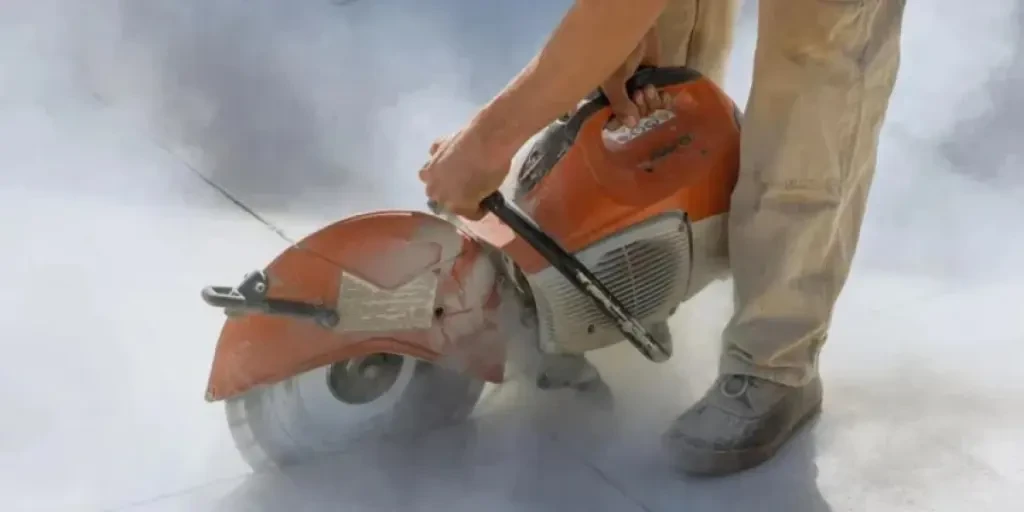In 2025, the construction industry continues to thrive with advanced technologies. Business buyers must navigate a growing market to select the best concrete grinders. This article offers an in-depth analysis and provides valuable insights to assist professional buyers in making informed decisions.
Table of Contents:
– Concrete Grinder Market Overview
– In-Depth Analysis of the Concrete Grinder Market
– Technological Advancements and Market Dynamics
– Key Factors When Selecting a Concrete Grinder
– Additional Considerations for Concrete Grinding
– Future Trends and Technological Advancements
– Wrapping Up
Concrete Grinder Market Overview
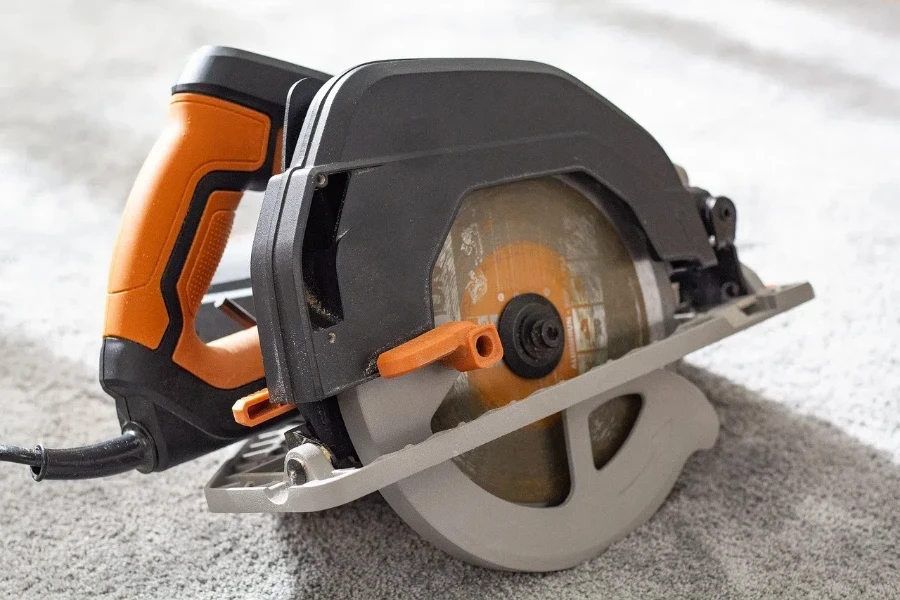
The global concrete grinder market has shown strong growth, with positive future prospects. In 2023, the market size was worth approximately USD 357.24 million, with projections suggesting it will reach around USD 494.80 million by 2030, driven by a CAGR of 4.76%. This growth is due to increased construction activities and the adoption of advanced grinding technologies.
Asia-Pacific holds the largest market share, driven by rapid urbanization and infrastructure development in countries like China, India, and Japan. This region has a significant demand for concrete grinders in both residential and non-residential construction. North America and Europe follow, with substantial investments in renovating and upgrading existing infrastructure.
Key market players include Husqvarna AB, Klindex Srl, and HTC Group. These companies focus on innovations such as remote-controlled and dust-free grinders to meet evolving end-user needs. The competitive landscape features strategic mergers and acquisitions, enhancing product portfolios and geographical reach.
In-Depth Analysis of the Concrete Grinder Market
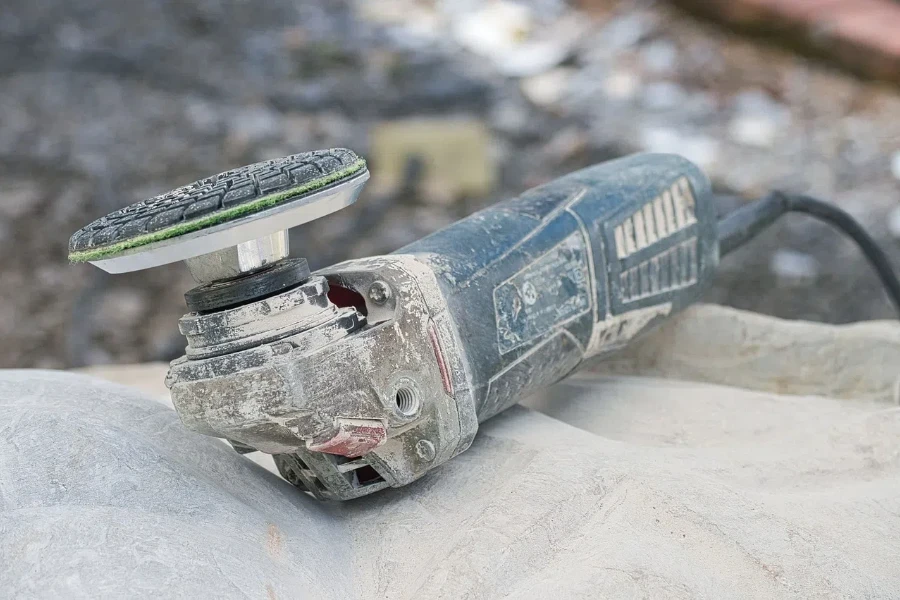
Concrete grinders are essential in construction and surface preparation, known for their efficiency in polishing and grinding concrete surfaces. The market is segmented by head type, mode of operation, application, and end user. Three and four head grinders dominate, offering enhanced performance and efficiency for large-scale projects. The demand for remotely controlled grinders is rising due to their ease of use and improved safety features.
Key performance benchmarks for concrete grinders include grinding speed, surface finish quality, and operational efficiency. Innovations in abrasive materials and bonding technologies have significantly improved these benchmarks, enabling grinders to deliver superior results. The integration of artificial intelligence (AI) and machine learning (ML) in grinders is another notable trend, allowing for predictive maintenance and optimized performance.
Economic factors such as rising disposable incomes and increased investments in infrastructure development are driving market growth. Consumers are shifting towards high-performance and durable grinders, preferring brands that offer comprehensive after-sales support. Smart grinders equipped with IoT capabilities are gaining traction, providing real-time data analytics and remote monitoring.
Technological Advancements and Market Dynamics
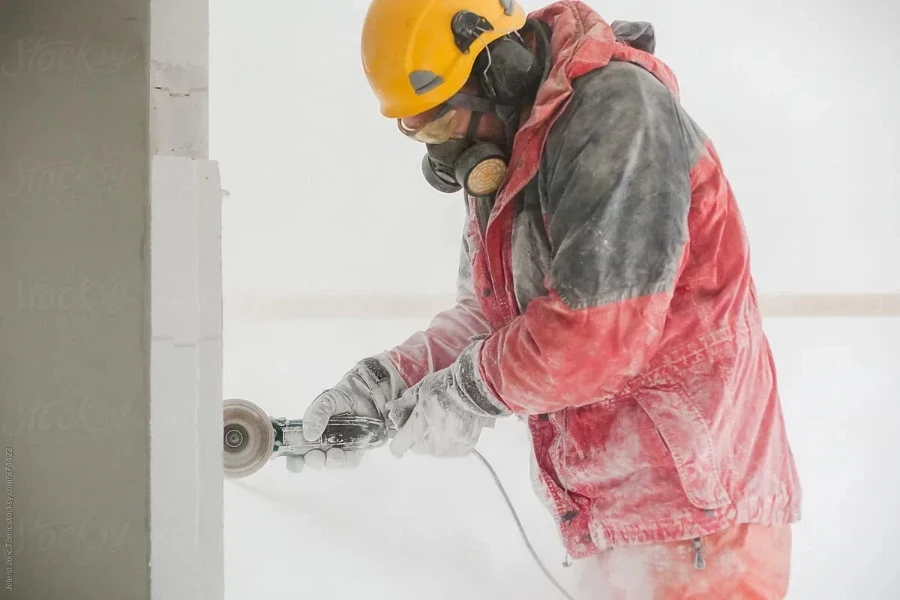
The concrete grinder market is experiencing rapid technological advancements, with manufacturers developing eco-friendly and efficient solutions. Remote-controlled grinders with adjustable settings are becoming popular, offering enhanced precision and reduced labor costs. Dust-free grinders address environmental concerns and improve workplace safety, making them a preferred choice among contractors.
The product lifecycle of concrete grinders is influenced by continuous innovations and new models. Manufacturers are investing in R&D to develop grinders for specific applications such as staining, dyeing, and sealing concrete surfaces. The market is also seeing increased adoption of grinders for aesthetic purposes, enhancing the appeal of commercial and residential spaces.
Customer pain points include high initial costs and the need for regular maintenance. To address these issues, companies are offering flexible financing options and comprehensive maintenance packages. Brand positioning strategies focus on reliability, performance, and sustainability, with differentiation achieved through advanced features and superior customer service.
Key Factors When Selecting a Concrete Grinder
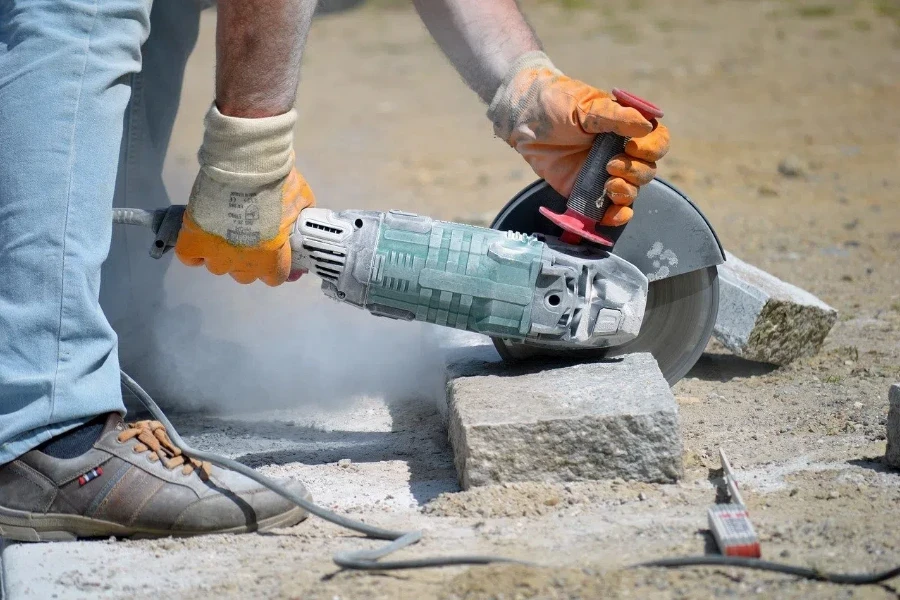
Choosing the right concrete grinder for your needs involves evaluating various factors, including the type of project, the grinder’s specifications, its ease of use, and your budget. Below, we delve into five critical considerations to help you make an informed decision.
Types of Concrete Grinders
Concrete grinders come in various types, each suited for specific tasks. The primary types include hand-held grinders, walk-behind grinders, and ride-on grinders. Hand-held grinders are compact and ideal for small surface areas, edge work, and intricate detailing. They typically use a single-phase power source and can be either electric or battery-operated, offering flexibility for tight spaces.
Walk-behind grinders are more powerful and suitable for larger surface areas. These grinders often feature multiple heads, allowing for greater efficiency and a smoother finish. They can be powered by either electric motors or combustion engines, with some models offering adjustable speed settings for different grinding applications.
Ride-on grinders are the most powerful and are used for extensive floor grinding projects. These machines are equipped with multiple grinding heads and provide high productivity rates. They are typically powered by combustion engines, making them suitable for large-scale construction sites.
Performance and Functionality
When assessing a concrete grinder’s performance, consider the grinder’s power, speed, and the type of abrasive used. Power is measured in horsepower (HP) and determines the grinder’s ability to handle tough materials. Higher horsepower models are better suited for heavy-duty grinding tasks, such as removing thick coatings or leveling uneven surfaces.
Speed, measured in rotations per minute (RPM), affects the grinder’s efficiency and finish quality. Variable speed settings allow for greater control and adaptability to different materials and surface conditions. The type of abrasive used in the grinder also impacts its performance. Common abrasives include diamond segments and silicon carbide, with diamond segments providing superior cutting ability and durability. The choice of abrasive should match the specific application, whether it’s for coarse grinding, polishing, or fine finishing. Ergonomic features, such as adjustable handles and vibration-dampening systems, enhance user comfort and reduce fatigue during prolonged use.
Technical Specifications
Technical specifications provide essential information about a concrete grinder’s capabilities. Key specs to consider include grinding width, weight, and power source. Grinding width determines the area covered in a single pass. Wider widths are suitable for large projects, while narrower widths offer precision for detailed work.
The weight of the grinder affects its stability and ease of maneuverability. Heavier grinders provide better stability and cutting depth but may be challenging to transport and handle in confined spaces. Conversely, lighter models are easier to maneuver but may require more passes to achieve the desired finish. Power sources for concrete grinders include electric, battery, and combustion engines. Electric grinders are suitable for indoor use due to their low emissions, while combustion engines are preferable for outdoor projects where power access may be limited.
Price Range and Budget
Concrete grinders vary significantly in price, influenced by their type, power, and features. Hand-held grinders are generally the most affordable, with prices ranging from $100 to $500. Walk-behind grinders are mid-range, costing between $1,000 and $5,000, depending on their specifications and capabilities. Ride-on grinders are the most expensive, with prices starting at $10,000 and reaching upwards of $50,000 for high-end models.
When selecting a concrete grinder, it’s crucial to balance your budget with the grinder’s features and performance. Investing in a higher-quality grinder can save time and money in the long run by providing better efficiency, durability, and a superior finish.
Additional Considerations for Concrete Grinding

Beyond the primary factors discussed, several other considerations can impact the effectiveness and efficiency of your concrete grinding project.
Safety Standards and Certifications
Ensuring the concrete grinder meets safety standards and certifications is paramount. Look for grinders that comply with OSHA regulations and have certifications from recognized bodies such as UL or CE. These certifications indicate the grinder has undergone rigorous testing for safety and performance. Safety features such as emergency shut-off switches, protective guards, and dust collection systems enhance operator safety and reduce the risk of accidents. Additionally, using grinders with low vibration and noise levels can prevent long-term health issues for operators.
Durability and Build Quality
The durability and build quality of a concrete grinder determine its lifespan and reliability. Grinders constructed with high-quality materials, such as stainless steel and heavy-duty plastics, offer better resistance to wear and tear. Check for features like sealed bearings and robust motor housings, which protect internal components from dust and debris. Regular maintenance and proper usage also play a crucial role in extending the grinder’s lifespan. Investing in a durable grinder can reduce downtime and maintenance costs over time.
Accessories and Add-ons
Accessories and add-ons can enhance the functionality and versatility of a concrete grinder. Common accessories include different types of grinding discs, dust shrouds, and edge grinding attachments. Using the appropriate grinding disc for the specific task can improve efficiency and achieve the desired finish. Dust shrouds and vacuum attachments help in maintaining a clean working environment and reduce airborne dust, which is crucial for indoor projects. Edge grinding attachments allow for precise work along walls and corners, eliminating the need for additional tools. Consider the availability and compatibility of accessories when selecting a concrete grinder.
Future Trends and Technological Advancements
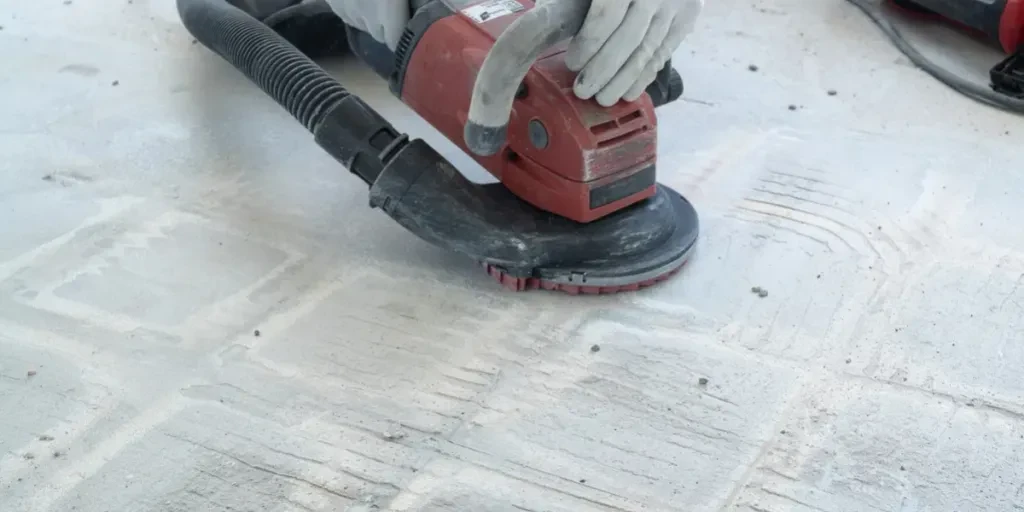
The concrete grinding industry continues to evolve, with advancements in technology improving efficiency, precision, and user experience.
Automation and Smart Features
Automation is becoming increasingly prevalent in concrete grinding equipment. Automated grinders can perform tasks with minimal human intervention, reducing labor costs and increasing productivity. Features like programmable settings, remote control operation, and real-time performance monitoring enhance the precision and efficiency of grinding operations. Smart features, such as integrated sensors and data analytics, provide valuable insights into the grinder’s performance and maintenance needs. These features enable predictive maintenance, reducing downtime and extending the equipment’s lifespan.
Sustainable and Eco-friendly Solutions
Sustainability is a growing concern in the construction industry, and concrete grinders are no exception. Manufacturers are developing eco-friendly grinders that consume less energy and produce lower emissions. Electric and battery-operated grinders are gaining popularity due to their reduced environmental impact compared to combustion engine models. Recyclable and biodegradable materials are also being used in grinder components, contributing to a more sustainable construction process. Choosing eco-friendly grinders aligns with industry trends and supports environmental conservation efforts.
Enhanced Precision and Control
Advancements in technology are enhancing the precision and control of concrete grinders. Innovations such as laser-guided systems, adjustable grinding heads, and real-time feedback mechanisms allow for more accurate and consistent results. These features are particularly beneficial for projects requiring high precision, such as leveling floors for specialized installations or creating intricate surface patterns. Enhanced control and precision reduce the need for rework and improve the overall quality of the finished surface.
Wrapping Up
In summary, selecting the right concrete grinder involves considering various factors such as the type of grinder, performance specifications, design, and budget. Additionally, paying attention to safety standards, durability, accessories, and future technological advancements can further enhance your grinding operations. By making informed decisions, you can ensure efficient, safe, and high-quality concrete grinding results for your projects.
